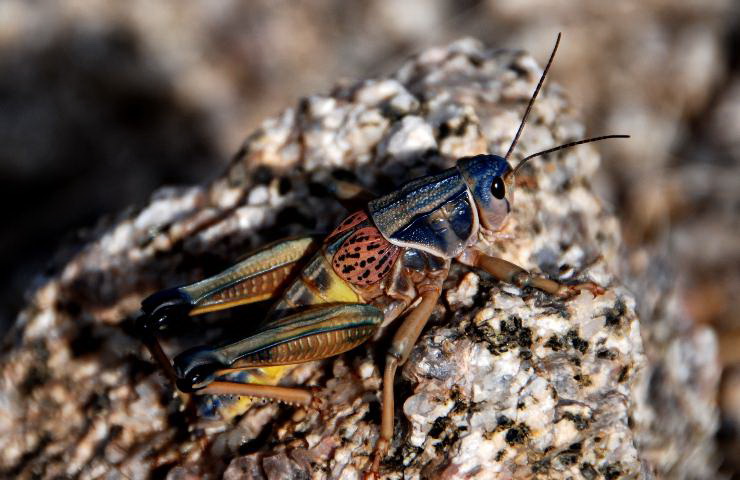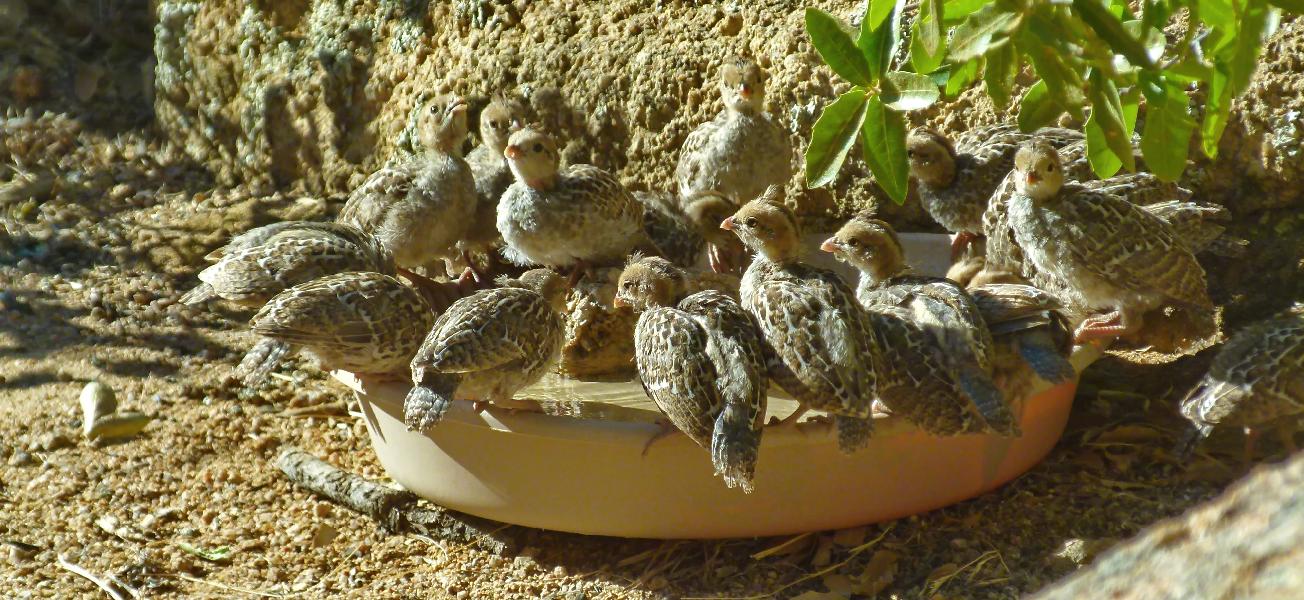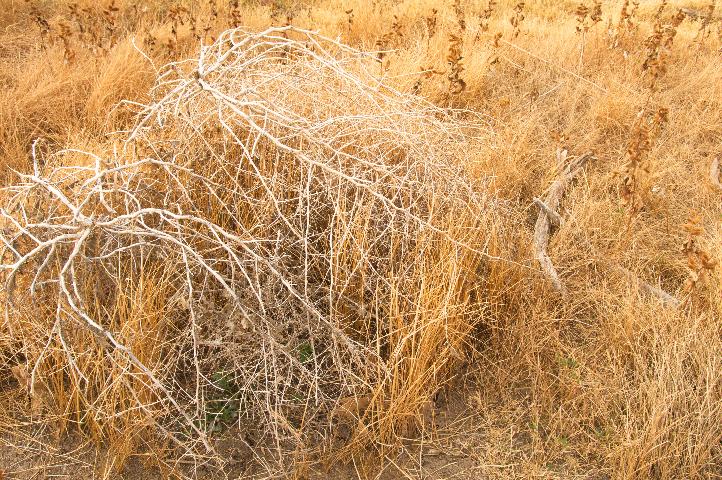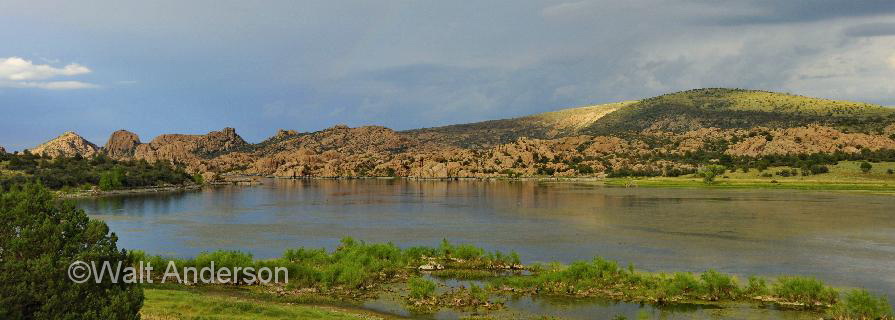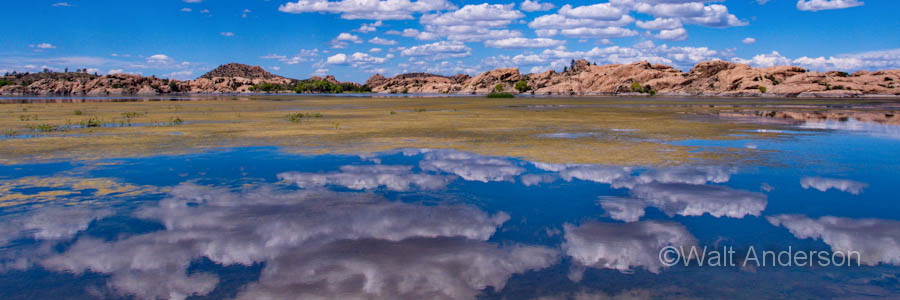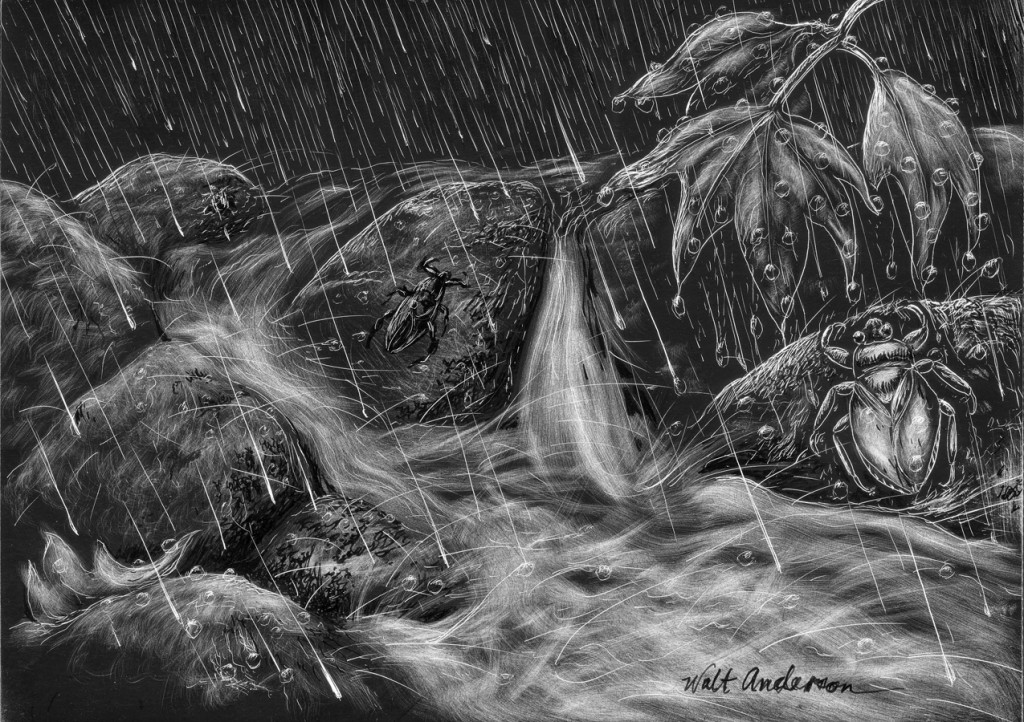Sitting in a burlap blind at the edge of the vast Malheur marsh in SE Oregon, my camera on my lap, I knew I might have hours to wait before some creature appeared within range of my lens. I was new to wildlife photography, but I was aware that constant vigilance was a price the photographer must assume for success. Continue reading
Category Archives: Insects
Monsoon Magic
For weeks, we have waited, hoping that the early July pattern of monsoon rain arrival would be repeated. It did not look promising. June was brutally hot and dry, clouds rare, winds fierce. The scrub oaks and manzanitas have shed most of their leaves; time will tell if they will all survive this challenge. Grasses were dry as tinder, nutritionless. Sprouting daturas withered and died except where we gave them water. We are the recipients of past pluvial generosity, siphoning water from underground stores without little thought of where that water has come from. But for now, sharing a little of that water with the other creatures that share our space seems like the right thing to do, since we have taken so much from the wild already.
Water set out for the local birds and mammals was eagerly sought by both. Our house became the oasis to which dozens of species flocked. Quail seemed to have had a good reproduction year, as at least a half dozen broods came in daily, but what would have happened without our water subsidy?
Rufous –crowned Sparrows, Crissal Thrashers, finches, towhees, and even woodpeckers—they all drank from our little pools in apparent harmony. Continue reading
In Defense of Tumbleweeds
Drifting along, like a tumbling tumbleweed. That catchy tune warbled by the Sons of the Pioneers somehow epitomizes nostalgia for the Old West. Never mind that the tumbleweed is a carpetbagger, an interloper, an émigré otherwise known as Russian thistle. I’ve heard tell that the Russkies sent it here as a kind of biological weapon, a plague on our plains, a prickly infestation designed to lay waste to our grasslands, to overwhelm us with its ability to take any of our attacks against it and come back stronger than ever. Where is the real truth here? Continue reading
Granite Dells & the Lakes
Granite Dells and the Lakes—Central to Arizona
In Arizona, a state noted for natural wonders, Yavapai County stands out. Prescott’s physical environment—pine forests, chaparral, pinyon-juniper woodlands, grasslands, dramatic rock formations, and wetlands—is one of the reasons it is called “Everybody’s Hometown.” Watson and Willow Lakes in the Granite Dells dominate this landscape.
For the entire month of June, the Prescott Public Library Viewerie will display more than thirty large (some up to six feet in length) photographs in professional gallery mounts of Granite Dells and the Lakes (Watson & Willow) that stand as the centerpiece of the Tri-city area of Prescott, Prescott Valley, and Chino Valley in Yavapai County, Arizona. They represent the work of Walt Anderson, acclaimed nature photographer, and Joe Phillips, master printer. A reception open to the public is set for Wednesday, June 6, from 5:30-7:30 pm at the library.
This site presents an expanded tour of the content and images, with bonus photos and text added, but it cannot replace the impact of seeing the images in live time. Please try to visit the exhibition. Images are for sale from the photographer (geolobo@cableone.net or 928-445-7470), and other images and sizes, individually and lovingly printed by Joe, can be created for your needs. Here is the price list with images.
This exhibit celebrates our natural heritage and urges all citizens, including decision-makers, to prioritize protection and wise stewardship of our great natural assets. Right here, right now, in the heart of this watershed, we must act to keep what we love. Continue reading
Where do Toe-biters go when it Rains?
Where Do Toe-biters Go When It Rains?
- Floodbug
Curiosity is a well-known field mark of a naturalist, and I have learned to indulge my curiosity when an opportunity arises. Some years ago, I stayed with friends in the Chiricahua Mountains of SE Arizona, one of the dramatic “sky islands” of the Southwest. Back in the cooler, wetter Pleistocene, the forests marched across the valleys, allowing free commerce for animals and plants among the ranges. As conditions warmed and dried, the forests retreated to higher elevations, trapping survivors on habitat islands. Continue reading
Megadiversity of Moths
The scene: The Madrean Sky Islands, an archipelago of dozens of mountain ranges that unify the spirits of the Rockies and the Sierra Madre, the Sonoran and Chihuahuan Deserts. This is a land of astonishing diversity by almost any measure. The following story is based on a visit more than a decade ago to the Ash Canyon property of Noel McFarland in the SE part of the Huachucas, a range noted for abundant and varied birds, mammals, and reptiles.
But birds, mammals, and herps are not why I came to see Noel McFarland. He is a collector of diversity with a twist all his own. McFarland knows moths. I follow him through several rooms where he works. Noel collects more than moths, it seems, and twenty years’ accumulation of boxes, books, papers, and other memorabilia fills his spaces the way floral diversity fills a rainforest. Continue reading

